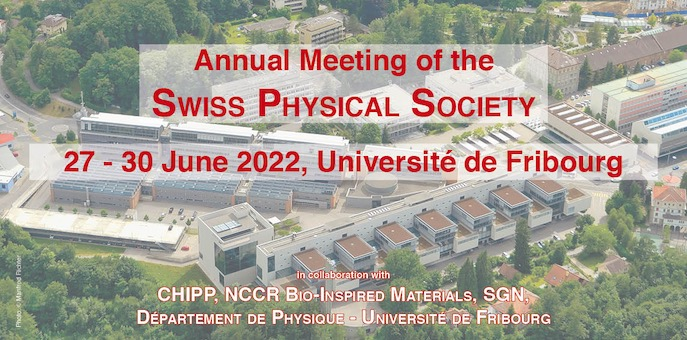P-cubed, currently in development at Paul Scherrer Institut (PSI), is the proposed proof-of-principle experiment for the Future Circular Collider (FCC-ee) positron source. Capture and transport of the secondary positron beam released by the production target is a key challenge. P-cubed main goal is the test of a high temperature superconducting (HTS) solenoid as adiabatic matching device (AMD)...
Reaching the ultimate field for Nb3Sn conductor in accelerator magnets in a robust (industrializable) and cost-effective manner is the goal of an international effort, centered around the specifications for the FCC-hh main dipoles. While conductor R&D makes steady progress towards FCC-hh specs, the experimental effort on high-field magnets in Europe is ramping up. CHART MagDev has recently...
No-insulation HTS ReBCO solenoids have been studied in numerous laboratories and commercial entities over the past years. The CHART MagDev project, in collaboration with Tokamak Energy Ltd. and CERN, is studying the solder-impregnated NI-coil variant. The goal is to provide an Adiabatic Matching Device for the positron source of the CHART FCC-ee Injector test stand ad PSI’s SwissFEL. In this...
The FCC-ee is one of the main candidates to succeed the HL-LHC at the forefront of particle physics and will require extensive simulation campaigns. A new collaborative project between EPFL and CERN aims to develop modern and maintainable simulation tools to address the key challenges of the FCC-ee. This talk presents an overview of the project as well as the first developments and results....
Resonant depolarization measurements offer a promising method for the high
precision center-of-mass energy calibration that can be applied in the FCC-ee.
Simulations need to be performed to validate the obtainable polarization limits
under the influence of perturbed orbits. This study offers the first exploration
of the FCC-ee spin polarization simulations using Bmad. The relations...
The FCC-ee (Future Circular Collider) lepton collider is currently the most favored next generation research infrastructure project at CERN, aimed at studying properties of standard model particles with the highest precision ever.
The chosen parameters of the machine yield unprecedented conditions which give rise to previously unseen dynamical effects during collisions. The exploration and...
An 18-MeV-proton beamline is available for research activities at the Bern University Hospital's medical cyclotron. This talk will focus on its application as an irradiation facility for radiation hardness tests, targeting instrumentation for particle physics experiments and space missions. An overview of the facility's capabilities, including its on-site characterization laboratory, as well...
Currently PSI delivers the most intense continuous muon beam in the world with up to few 10^8 μ+/s. The High Intensity Muon Beam (HiMB) project aims at developing a new target station and muon beam lines able to deliver up to 10^10 μ+/s, with a huge impact for low-energy, high-precision muon based searches.
This is done by boosting the surface muon production efficiency with a new target...
A key issue in controlled thermonuclear fusion research is to predict and optimize the plasma behavior in the reactor core. In this work, we use the RAPTOR code, a fast and light simulator of the current density and heat 1D radial transport equations, to identify future scenarios for tokamak discharges. To do so, a first phase is needed where we aim to improve the robustness and flexibility of...
Sustainability has become an important aspect of all human activities, including the operation of research infrastructures. This presentation will review the power efficiency and related R&D efforts of accelerator concepts and technologies. The three main categories proton driver accelerators, light sources and particle colliders will be considered. Several technologies are particularly...
